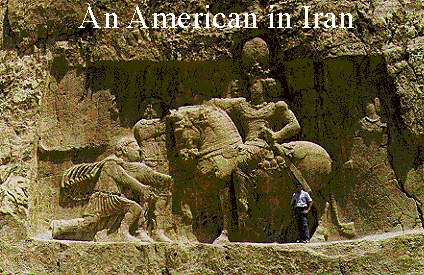
September 1995
The Iranian
Stephen Shaffer, studied Farsi at New York University while pursuing his master's degree in Near Eastern Studies in 1992-95.
In his contacts with Iranian friends, Shaffer, a 24-year-old from Long Island, New York, developed a keen interest in their culture, despite Iran's anti-American and fundamentalist image -- an image which weighs heavily on the minds of Americans.
A month ago, he traveled to Iran, a rare opportunity for Americans these days. He visited Shiraz, Isfahan and Tehran. He also traveled to Shomal, along the coast of the Caspian Sea.
This is the first of a series of articles that will appear in The Iranian.
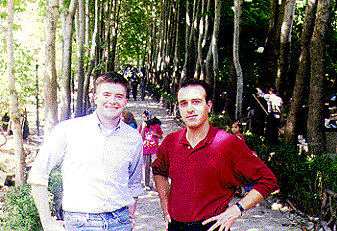
As an American arriving in Tehran's Mehrabad Airport, I set foot on Iranian soil with an abundance of emotions and thoughts which muddled all clarity within my head. I really had no idea what kind of reception I might expect from the passport and customs officials.
However, once I saw that all passengers were having their bags inspected regardless of nationality, somehow my mind was put at ease since I no longer feared being scrutinized or singled out solely on the basis of my nationality.
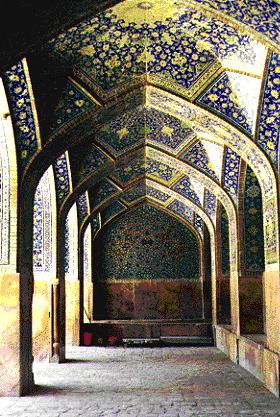
I passed through customs faster than many Iranians who came laden with three to five Samsonite suitcases transporting everything but their kitchen sinks. Many of them had their bags inspected two or three times, each time being pulled apart while mothers holding tired and crying children looked on. My relatively modest and uncontroversial luggage only warranted one search and then I was on my way.
One of the things that sticks in my mind from the morning of my arrival was the taxi ride from the airport. As it was 4 a.m. and the streets were almost deserted, street lights and signs went more or less unobserved or served merely as suggestions of proper traffic etiquette. In a country which the rest of the world perceives to be so rigid with rules and codes of conduct, pragmatism takes over when logic and theory fail.
Before arriving I had heard much about the difficult living conditions and the economic problems being experienced in Iran and felt quite prepared to see whatever came my way. There were few surprises but I doubt there was anything that could have prepared me for the sense of exhaustion felt throughout the country.
Several people had told me about the difficulties of daily life, but what I saw was more than that. I doubt that there are not more than a handful of individuals in Iran who are not physically, mentally and spiritually drained by all that has happened during the past sixteen years.
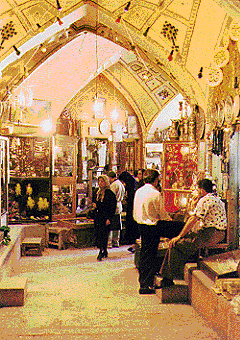
The people who seem to be having greatest difficulty in dealing with present realities are those in the heyday of their youth. Not only did they grow up during the revolution and eight years of war with Iraq, but they have jumped directly from childhood to adulthood, skipping the age of growing pains. Many Iranians, especially young women, express a growing aversion to their own culture, certain attributes of which, in their eyes, impose on them a specific social behavior.
The youth feel that the present system is unfair and does not take into consideration the needs and wants of their generation. They are frustrated with diminished opportunities awaiting them after high school and university studies and many are seeking a way out -- literally. Their exposure to the outside, either via relatives living abroad or various forms of media, has contributed to this push to look in directions other than home.
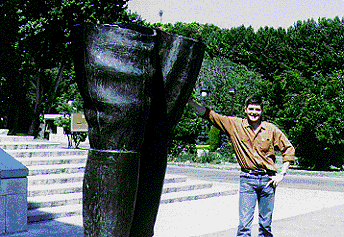
When looking for a break from the present reality of working two or three jobs, the parents of this generation often become nostalgic and think back to "During the time of the Shah . . ." They remember the way things were and many will readily admit that things were not perfect during that time, nor was the Shah a perfect leader, but the gap between the cost of living and annual wages was much smaller, a point which is presently of greater importance than showing the world what a pious nation Iran is.
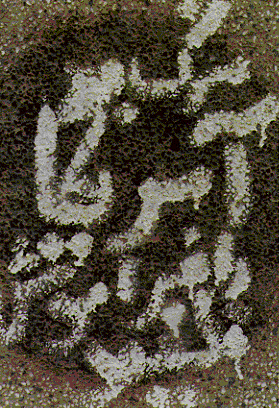
During my visit to the Shah's winter palace, the final place in which the Shah resided before fleeing Iran, it was there that one of the curators, upon learning that I was from the U.S., requested that I send his best wishes to former Empress Farah if I should ever run into her in New York. His unusual request made me chuckle a bit as I was reminded of the two-way relationship that exists between Americans and two of the most scandal-ridden presidents, Richard Nixon and Ronald Reagan. Although their names can be dragged through the mud and denounced seven ways to Sunday, for whatever reasons, perhaps nostalgia and romanticization, these personalities remain dear to many.
In Iran one of best examples is Reza Shah, founder of the Pahlavi dynasty. It is unlikely that the now-halved larger-than-life statue of Reza Shah standing at Sa'adabad Palace will or can diminish the indelible marks he left on Iran. All that remains of the statue are his legs. In reality, much more remains and if one ever drives from Tehran through the rugged Alborz mountains to the Caspian Sea, one will have the opportunity to drive on one of the many roads built during his time which helped to conjoin the seat of government in Tehran to the scattered and inharmonious peoples living in the territories of Iran.
Despite the mental and spiritual baggage Iranian people carry, they were nothing short of perfect hosts at all levels. From the most well-to-do citizens to those on the opposite end of the economic spectrum, all afforded me the highest respect and courtesy.
The occasional slogan bashing America can be seen scrawled on walls, but so goes the nursery rhyme, "Sticks and stones . . ." In fact, I found them humorous because if actions can be used to gauge a people's like or dislike for another people, then the actions of the Iranians I met and lived with gave no substance to the slogans. Even the state TV news possesses the indelible stamp of the U.S. -- 80 percent of the international news footage is picked up from CNN.
In each city and town I visited, I was met with stares, smiles and the obvious, "He's a foreigner." Of the many curious onlookers who ventured to speak to me, one of the questions most frequently asked of me was, "What do Americans think about the Iranian people?" Honorable, resilient, giving people who ask little in return.
Related links
* Also by Stephen Shaffer:
- Shomal;
The pleasant reality -- Seeing only green in Iran's Caspian region.
- Passing
Seasons -- Reflecting on Iranian hospitality and Iran-U.S. relations.
- Mostaqim!
-- On riding a taxi
* THE IRANIAN Travel
section
* Cover stories
* Who's
who
Copyright © 1997 Abadan Publishing Co. All Rights Reserved. May not be duplicated or distributed in any form.


